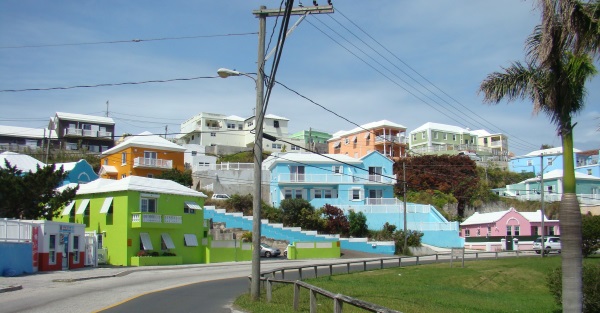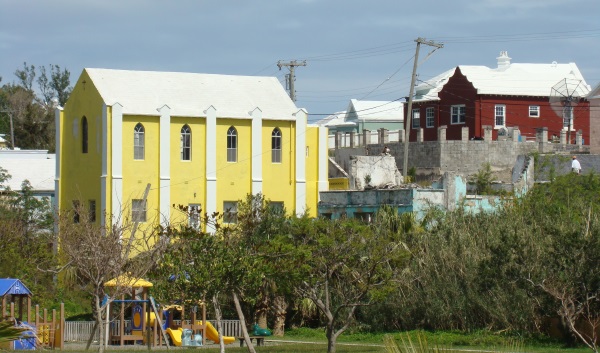it's the loveability
/Despite an intention to shift my focus away from placemaking, I seem to come back to it with remarkable regularity. Not least because I have seen its successes, and wish the same for Bermuda.
ethan kent, image - pps.org
The doyenne of placemaking is the Project for Public Spaces (PPS) in New York, which likely coined the term. You can check out the website, pps.org, to learn more about the organisation, but you will get a better feel for it and its work by reading What Makes a City Great? It's not the Liveability but the Loveability by Irene Pedruelo for Policy Innovations. In this thought-provoking piece she interviews Ethan Kent, Senior Vice President at PPS, who has extensive experience around the world in the art and business of placemaking. Ethan has been involved in placemaking efforts ranging from Times Square in New York, to Sub Centro Las Condes in Santiago and Pompey Square in Nassau and much more.
In the interview Ethan brings out, among many other things, the importance of community-based change. As he puts it, "People with most attachment to a place are the ones that love the place the most. Where there is no community-based governance, there is no attachment. We need to pay attention to place and community, and the social networks around it."
It is about the loveability.












